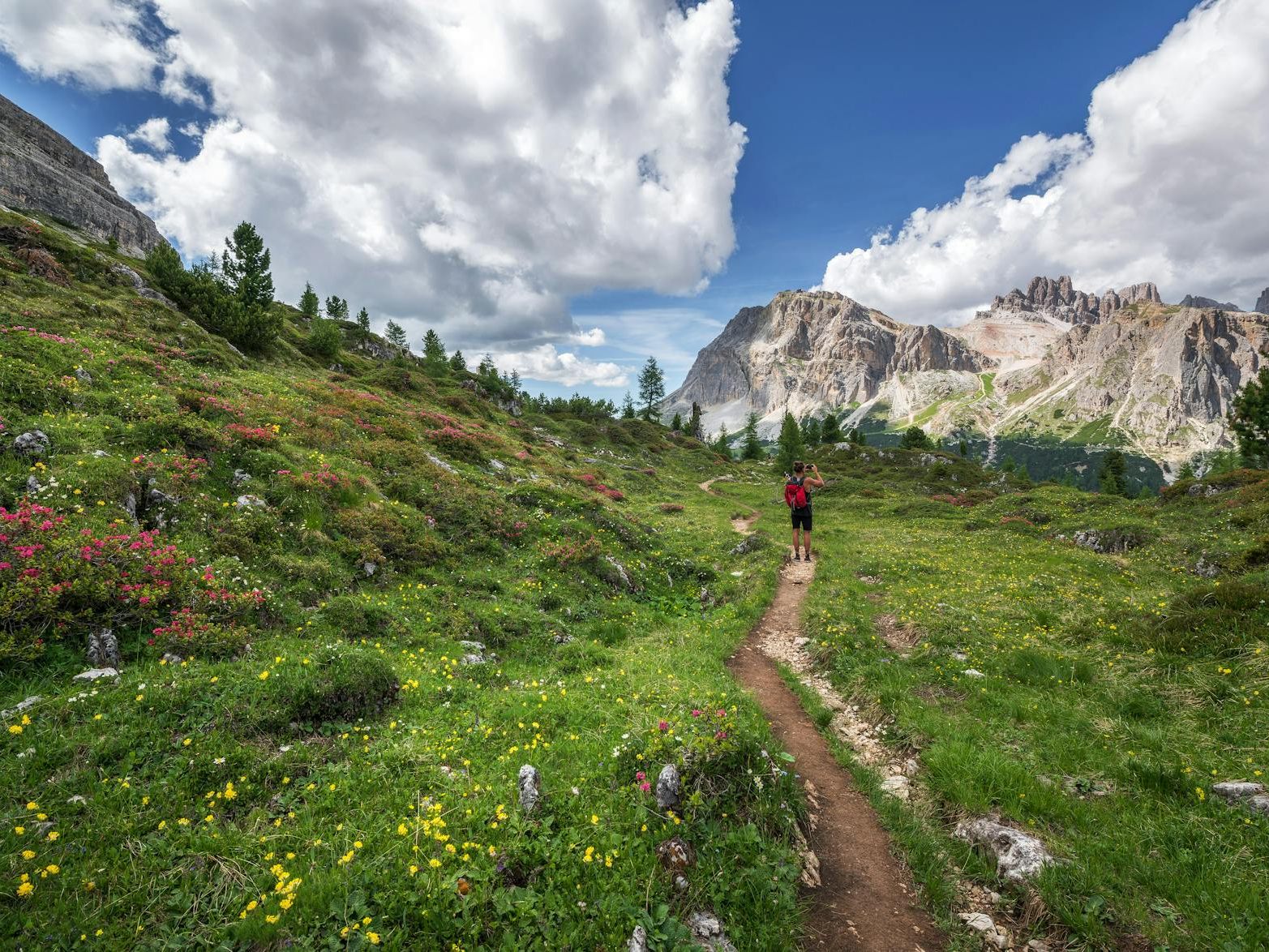5 Tips That Can Save Your Life: How to Prepare for the Next Alpine Storms

The summer in the Alps is showing its most extreme side: After record heat, devastating storms with heavy rain, hail, and mudslides have kept the entire Alpine region on edge. From Tyrol to Piedmont, people were evacuated, villages were cut off from the outside world, and infrastructure was destroyed. The recent events highlight a worrying trend: The Alps are increasingly becoming the scene of severe natural events.
Current Situation: Chaos and Evacuations in the Heart of Europe
The images of the past few days are alarming: In the Austrian Tyrolean Gschnitz, residents had to be rescued from their homes by helicopters. An eyewitness described the situation as "apocalyptic" – massive amounts of water and debris flowed through the town, and a house only a few years old was simply swept away. The popular Volderau campsite in the Stubai Valley was also evacuated as a precaution. Cleanup efforts are in full swing as people try to cope with the chaos.
The situation in Italy is similarly dramatic: In Bardonecchia in Piedmont, the Frejus River overflowed its banks and swept a 70-year-old man to his death. The picturesque holiday resort was temporarily completely cut off from the outside world, with highways and roads impassable. Around 150 children from holiday camps found shelter in the local sports hall. Normality is only slowly returning. The nearby Cogne was also isolated by landslides. Authorities declared a "red zone" near the river and strongly warned against leaving homes.
Even Switzerland was not spared. In the canton of Valais, a mudslide hit the community of St. Nikolaus. Railway lines of the Matterhorn-Gotthard-Bahn had to be closed, and residents were also urged to stay in their homes.
Why the Alps Suffer: Climate Change as an Accelerant
The increase in such extreme weather events is no coincidence. Experts agree: Climate change plays a crucial role. Global warming leads to an increase in the intensity and frequency of heavy rain events, especially in mountainous regions. The melting glaciers and thawing permafrost also destabilize the mountain slopes, drastically increasing the risk of mudslides and rockfalls.
For Austria, a country significantly shaped by the Alps, these developments are of great importance. Not only tourism but also the safety of the population living there is directly affected. Forecasts indicate that we must prepare for more such "Alps-at-the-Limit" scenarios.
Recognize Dangers, Protect Lives: How to Prepare
In view of this development, it is essential for residents and visitors of the Alpine region – and thus also for many Viennese and Austrians who love the mountains – to prepare for such situations.
- Informieren Sie sich vorab: Prüfen Sie vor jeder Reise in die Alpen die aktuellen Wetterwarnungen und Gefahrenstufen. Viele Regionen bieten online Echtzeit-Informationen zu Straßensperren und Lawinengefahr.
- Vorsicht bei Gewitterwarnungen: Bei angekündigten Starkregen und Gewittern sollten Wanderungen und Aufenthalte im Freien vermieden werden. Bäche und Flussläufe können sich innerhalb kürzester Zeit in reißende Ströme verwandeln.
- Notfallausrüstung: Wer in alpinen Regionen lebt oder unterwegs ist, sollte eine Notfallausrüstung (Radio, Taschenlampe, Powerbank, ausreichend Trinkwasser und Notproviant) bereithalten.
- Verhalten bei Muren/Überschwemmungen: Wenn Sie sich in einem gefährdeten Bereich befinden, suchen Sie höher gelegene Orte auf. Verlassen Sie Ihr Haus nicht, wenn Behörden dazu auffordern, drinnen zu bleiben. Meiden Sie Uferbereiche von Flüssen und Bächen.
- Evakuierungsanweisungen befolgen: Sollte eine Evakuierung angeordnet werden, folgen Sie den Anweisungen der Rettungskräfte umgehend. Ihre Sicherheit hat oberste Priorität.
The recent storms are a clear warning. Protecting our Alpine regions and the people living there requires not only enhanced preventive measures but also increased awareness and better preparation by each individual.
Frequently Asked Questions About the Storm Situation in the Alps:
Have extreme weather events in the Alps really become more frequent?
Yes, studies and weather data show that heavy rain, hail, and related natural events such as mudslides and floods in the Alps have increased in frequency and intensity due to climate change.
Which regions in Austria are most affected by Alpine storms?
In principle, all alpine regions of Austria can be affected. However, areas with steep terrain, narrow valleys, and densely populated river courses are often particularly at risk, such as parts of Tyrol currently, or Vorarlberg, Salzburg, and Styria in the past.
Where can I get reliable current information on weather warnings and road closures in the Alps?
You can obtain reliable information from regional weather services (e.g., ZAMG in Austria), the warning apps of the respective federal states, traffic information services (e.g., ÖAMTC, ASFINAG), and the websites of local tourism associations or municipalities.
This article has been automatically translated, read the original article here.





